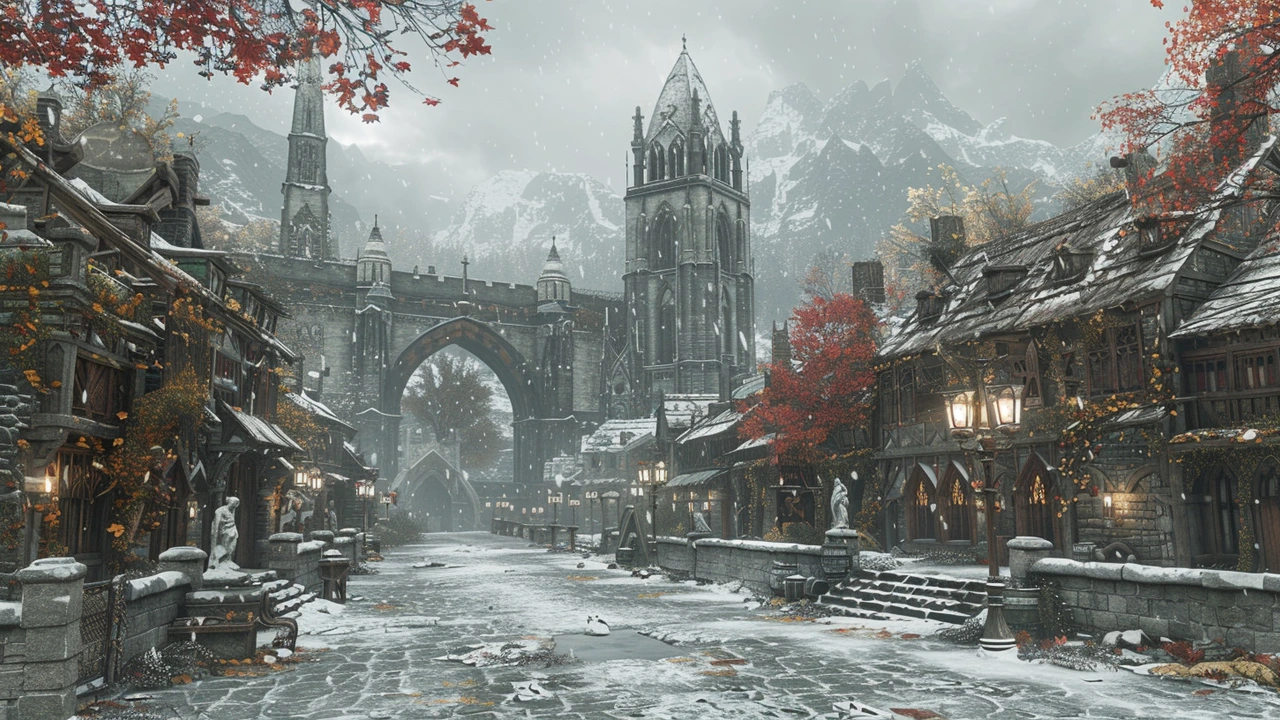Religious Art: How to Read, Appreciate, and Collect Sacred Works
Some of the world’s most powerful images were made to teach, convert, or inspire—not to hang in a living room. That history gives religious art a directness most secular art lacks. If you want to make sense of a stained-glass window, an icon, or a Baroque altarpiece, focus on two things: what it shows, and where it was meant to be seen. Those answers unlock meaning fast.
Key styles and symbols
Start with the style. Byzantine icons are flat, frontal, and built for liturgy. Gothic art stretches figures and light to lift your eye toward heaven. Baroque painting, think Caravaggio, uses dramatic light and motion to hit you emotionally. Renaissance works favor balance and human expression. Knowing the style helps you read intent: teaching, worship, or personal devotion.
Symbols are the next shortcut. A halo = holiness; a lamb often points to sacrifice; a dove signals the Spirit; keys link to Saint Peter. Colors matter: gold equals divine light, blue often marks Mary, red can mean martyrdom or love. Spot the repeated objects—books, nails, crowns—and ask who they name or what story they tell. Museums usually include labels that list saints and scenes. Use those clues before you look up long essays.
Practical tips for viewing and buying
When you view religious art in a church, pay attention to placement. Altarpieces face the congregation for teaching. Side chapels hold private devotion pieces. Lighting and the ritual around an object shape how it reads—what looks tame in a gallery might be overwhelming in a candlelit chapel.
Want to buy? Check provenance first. Ask where it came from, who owned it, and whether it left a church legally. Condition matters: overcleaning or amateur repairs kill value and authenticity. Look for museum or auction records, and get a conservator’s opinion if the piece is old. If it’s a contemporary work with religious themes, ask the artist about intent and edition size.
Care and respect are practical too. Sacred works can be fragile—avoid harsh light and humidity swings. If you remove an object from a worship space, consider its community value and any legal rules about cultural property.
Religious art still sparks debate. Some artists reclaim sacred imagery to challenge institutions; others update icons for modern worship. That tension keeps the field lively—religious images can comfort, provoke, or educate depending on who looks and why.
If you want specific reads, check pieces on Baroque drama, Gothic architecture, or icon traditions to see these ideas in action. Look for labels, ask smart questions, and trust your first impressions; religious art was built to be understood by people, not experts.

